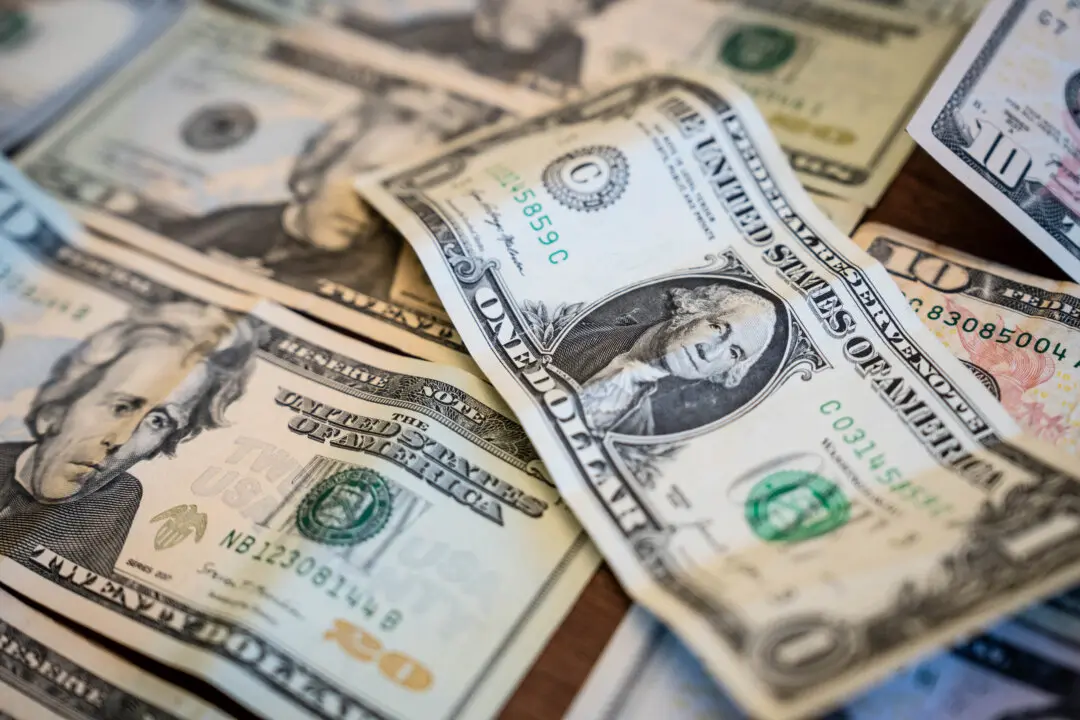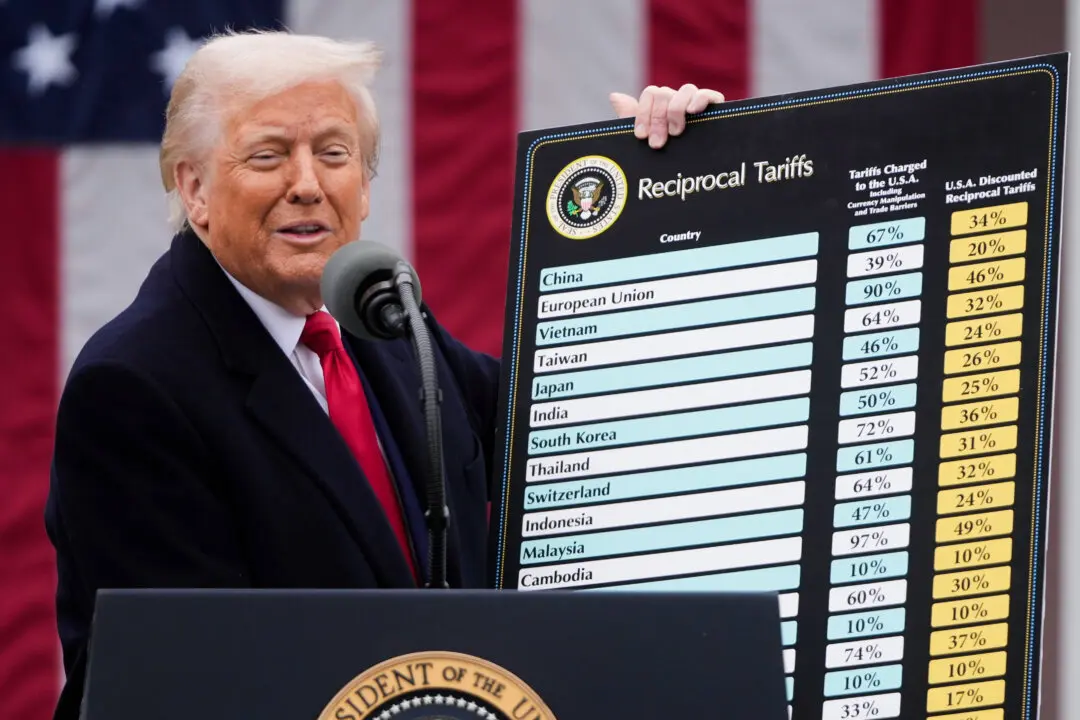The number of people filing for unemployment benefits last week fell to the lowest level in nearly four months even as the labor market showed other signs of softening.
New data from the Department of Labor show that initial jobless claims declined by 4,000, to 218,000 for the week that ended on Sept. 21. This was below the consensus estimate of 225,000 and the lowest number since the middle of May.





